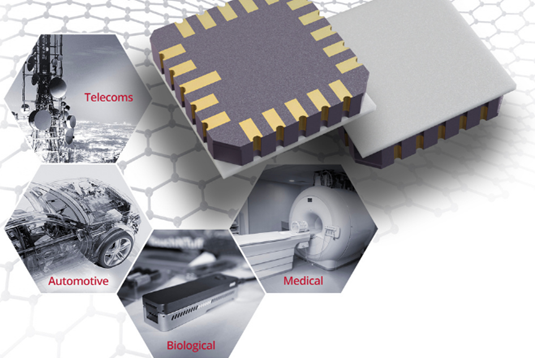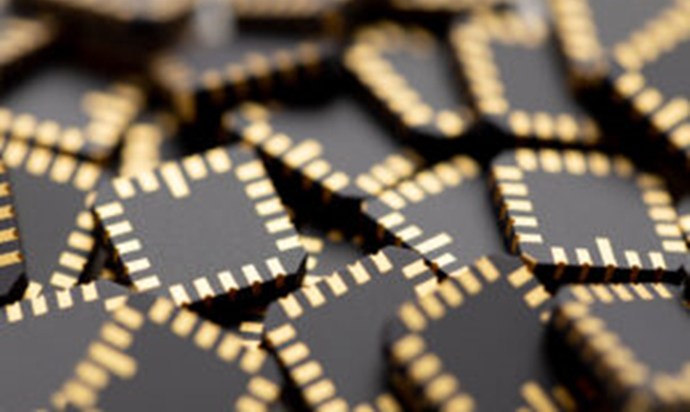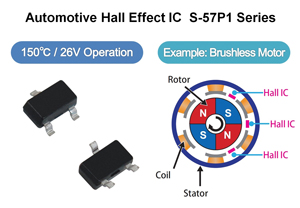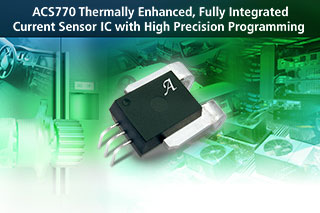
Hall-Effect sensing is a sizeable business. Used to detect magnetic fields in many industries, it is estimated to be valued in the range of $1 billion-plus globally. So it should come as no surprise when an upstart player that could disrupt the current market while opening it to even more applications becomes prized by the investment community. Enter UK-based Paragraf, a spin-out from the research labs of Cambridge University.
A developer of two-dimensional graphene Hall-Effect sensors that bring new levels of precision to the market, Paragraf is catching the wallets of high-tech investors as it gears up to bring its technology to medical device and diagnostic companies while expanding its manufacturing infrastructure. A recent roundup of $60 million is destined to boost its research and development activities, as well as its manufacturing capabilities.
Graphene is a long-awaited alternative to silicon in the electronics devices market as it’s one of the most conductive materials in the world. It is incredibly strong yet flexible, capable of withstanding very high electrical powers, with great thermal integrity. Paragraf is pioneering a scalable approach to graphene electronic device manufacturing with novel contamination-free technology.
The company’s graphene Hall-Effect sensors are already being used in diverse applications across the aerospace, semiconductor, healthcare, automotive, scientific research, industrial and quantum computing spaces. Integration of the high purity 2D graphene allows the sensors to deliver unrivalled measurements, sensing, and control in ultra-high resolution magnetic field sensing and positioning applications, says the company. They can be used across a wide range of operating conditions including ambient, high temperature and cryogenic environments.

“Our increasing desire for continually improving electronic device performance paired with the absolute necessity to reduce our power requirements, and hence carbon footprints, demand new technology solutions – next generation materials will be at the heart of this,” said Simon Thomas, CEO and co-founder upon the recent financing. “At Paragraf we are proud to be leading the way, bringing the first 2D material, graphene, into the electronic product supply chain, through our first products, allowing its transformational, game changing properties and benefits to be harnessed.”
Comprising a monolayer carbon lattice with strong atomic bonds, graphene’s key attributes include high levels of mechanical stability (having tensile strength 200x that of steel), outstanding electrical conductivity (an order of magnitude higher than copper) plus extraordinary thermal conductivity (currently the highest of any known material), explains Thomas, noting the importance of the company’s approach to graphene fabrication which allowed it to leverage the attributes to commercial scope beginning with magnetic sensors.
A stalwart of electronic system design, the Hall-Effect sensor serves a pivotal role in many applications particularly in the automotive industry. Basically, a Hall-Effect sensor is a transducer which varies its output voltage in response to a magnetic field. They are used for proximity switching, positioning, speed detection and current sensing.
Technology explained
Something that has always proved problematic with conventional Hall-Effect sensors, explains Thomas, is that the sensing element is three-dimensional. Its depth can lead to false measurement signals being produced that emanate from the in-plane magnetic field component, rather than the perpendicular one; referred to as the planar Hall Effect. Such false signals interfere with the real signals and give the impression that there are additional magnetic poles present.
Referred to as ‘pseudo-multipoles’, these will mean that measurement accuracy is impacted upon. Though the real signals and the false signals can be separated from one another using additional circuitry, this will add significantly to system complexity and power consumption, limit the operational temperature range and push up cost. As graphene is two-dimensional, consisting of just an atom-thick monolayer of carbon, it is not susceptible to the in-plane field component, and it displays a very low thermal noise floor. Hence using it in magnetic field measurement enables significantly more accurate results to be derived.

Getting production to commercial levels, however, has been elusive. Through the process that the Paragraf engineering team has developed, it is possible to produce single-atom thick layers directly onto crystalline semiconductor wafer substrates. The sensors have set new performance benchmarks, says Thomas. “As the active sensing element in each device is comprised of a single atom-thick graphene monolayer, the influence of the planar Hall Effect has been totally eliminated. These devices deliver 30x greater sensitivity than the conventional silicon-based options and have better operational stability.”
One of the company’s next endeavors is development of a graphene-based biosensor that’s targeted at transforming clinical point of care in the medical industry. For more info, see www.paragraf.com and previous articles in Magnetics Magazine.



